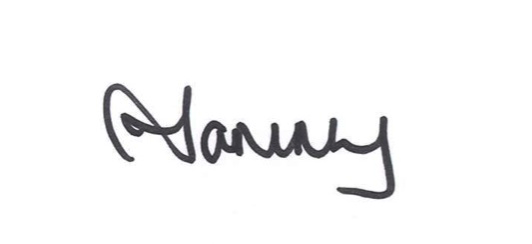
We have been debunking leadership myths over recent months. #1: that leaders think that they cannot show any vulnerability or be anything less than perfect; but how the reality is that showing vulnerability builds trust, a fundamental component of great leadership. #2: that you need to have some sort of inspiring back story in order to be a leader, when the reality is being true to yourself and doing it authentically and genuinely every day is as powerful. And #3: you need to be oozing charisma.
Today we are talking about what we mean by a leader. Often, the word leader conjures up the person at the helm of the organisation; magnified by the fact that many organisations call their top teams the Leadership Team.
You could be forgiven for thinking that leadership starts and stops at the top. But when you look at the definitions of leader and to lead, there is nothing about being at the top. Out in front, certainly, but not necessarily at the top.
Leader (n): a person who rules, guides or inspires others
To lead (v): guidance given by going in front
The reality is that you can lead from anywhere, from any position, from any point in any organisation. You can apply this leadership to a team or an organisation or an issue. And you can apply leadership to any aspect of your life (be it coaching a sports team, taking on a role at your children’s school etc).
In my first book, Do What You Say You’ll Do, I make reference to Simon Sinek’s 2014 TED talk, where he says:
Leadership is a choice. It is not a rank. I know many people at the senior-most levels of organisations who are absolutely not leaders. They are authorities and we do what they say because they have authority over us, but we would not follow them. And I know many people who (are) at the bottoms of organisations who have no authority and they are absolutely leaders, and this is because they have chosen to look after the person to the left of them, and they have chosen to look after the person to the right of them. This is what a leader is.
So, the great news is that there is no barrier to entry to being a leader. It is not about where you are in an organisation. You don’t need to wait until your business card says CEO before you can call yourself a leader. And the converse is true too – there are plenty of CEOs who are not leaders. They may have positional power but they don’t have the leadership following.
I am speaking at the Perth HR Summit next week, and will talk about the move that high performing specialists make when they move to their first leadership position. There’s no doubt that whilst being relatively junior within the organisation, these new leaders are exactly that: leaders, so long as they display the attributes and behaviours that go with that title.
There isn’t a magic line on the organisational chart that defines when someone is bestowed with the title of leader. And that’s good news.
The even better news is that we know that leadership attributes and behaviours are available to all of us if we choose to learn them, grow them and display them.
So, this week, I challenge you to look around your organisation. Who can you see that is showing leadership attributes (irrespective of what’s on their business card) and who is not leading, despite the position stated on their door. What does that tell you about attributes and behaviours and what leadership is and isn’t? Can you use this in anyway to enable and grow your own leadership?
Until next week, happy leading.


